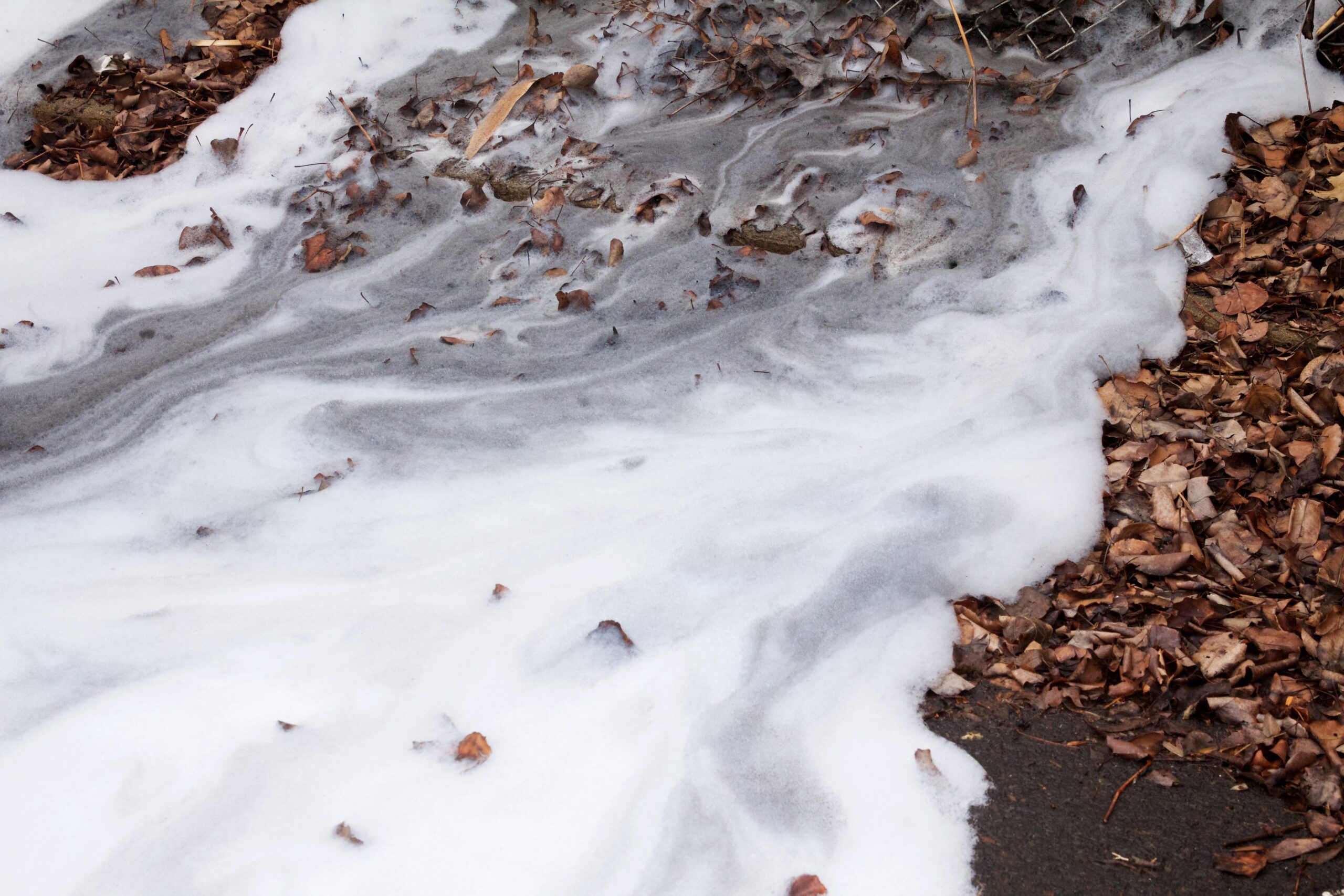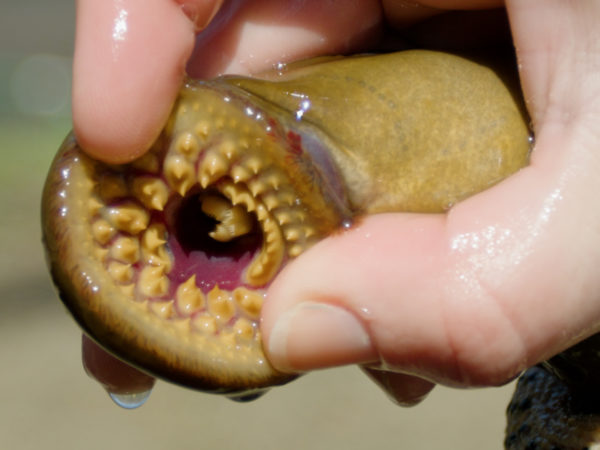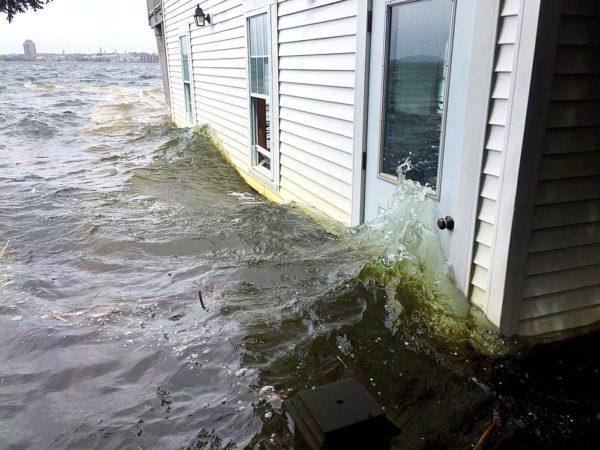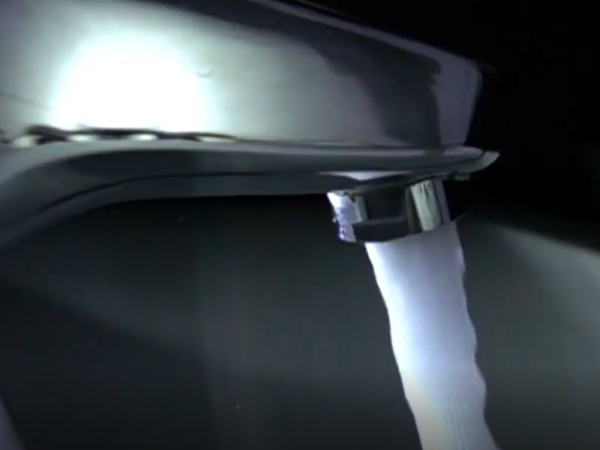

Catch the latest updates on what’s happening with PFAS in the Great Lakes region. Check back for more PFAS news roundups every other week on our website.
On February 5, New York state lawmakers announced a group of five bills aimed to reduce per- and polyfluoroalkyl substances (PFAS) exposure for New York residents. The group of five bills would: ban the use of PFAS in consumer and household products, ban PFAS and other known carcinogens in cosmetic products, ban PFAS and other toxins from menstrual products, regulate PFAS as an air pollutant, and require the disclosure of PFAS levels in all permitted facilities discharging waste.
In Michigan, the Otsego Story Project is starting a three-year program to investigate and remediate PFAS after receiving $500,000 from the Michigan Department of Environment, Great Lakes and Energy (EGLE). After years of dealing with pollution from local agricultural fields and factories along the Kalamazoo River, they’ve been working to gather stories and environmental samples alongside the Michigan State University-based Toxic Action Lab.
After a year and a half of debate over immediate public health implications of “forever chemicals” and the limits of government power, Wisconsin Gov. Tony Evers is trying again to set aside funding for PFAS clean-up. This time, according to reporting by Wisconsin Watch, Evers is embracing a GOP-authored PFAS bill that he vetoed last year while expanding the trust balance to $145 million.
Approximately $29 million was awarded to Aqua Pennsylvania to support the installation of PFAS treatment systems across 15 communities in the commonwealth. The funding is a combination of grant and low-interest funding through the Pennsylvania Infrastructure Investment Authority (PENNVEST), which allows recipients to install these treatment systems at a reduced cost. Construction is expected to be completed by the end of 2025 and would improve the water quality for roughly 12,000 residents.
Four Great Lakes states that were awarded grants from the U.S. Centers for Disease Control and Prevention (CDC) to measure harmful chemicals like PFAS in marginalized communities are uncertain about the future of their funding. The programs were selected to receive $5 million annually through 2027, but the recent Trump administration effort to freeze federal grants has left more questions than answers.
Reporting at the Chicago Tribune explains how Trump and Elon Musk are moving to fire the Environmental Protection Agency (EPA) staff in the Great Lakes region. This includes dozens of positions that are responsible for protecting drinking water for 30 million people in the U.S. and Canada.
More PFAS news in case you missed it:
- Learn more about the Blue Tech competition that’s tackling a number of water-related issues, from PFAS to microplastics to marine infrastructure in the Great Lakes.
- In light of Trump’s paper straw ban, learn about how scientists found that paper straws contain “forever chemicals” at alarming rates.
- In an opinion piece from Corporate Knights, environmental consultant and teacher, Alan Shapiro writes about how “Trump’s deregulation agenda poses a threat to water health and security” in Canada.
- The CDC resumed the Morbidity and Mortality Weekly Report after a two-week freeze from the Trump administration. One of the studies published highlights how firefighters in Maui have high levels of PFAS in their blood after last year’s destructive wildfire.
Catch more news at Great Lakes Now:
Zeldin to head EPA sparking debate over PFAS regulation and industry influence
Featured image: Firefighting foam remains on the ground surface following a tanker truck accident. EPA tests show that aqueous film forming foam used to fight flammable liquid fires have contaminated area drinking water with PFAS. (Photo Credit: iStock)




